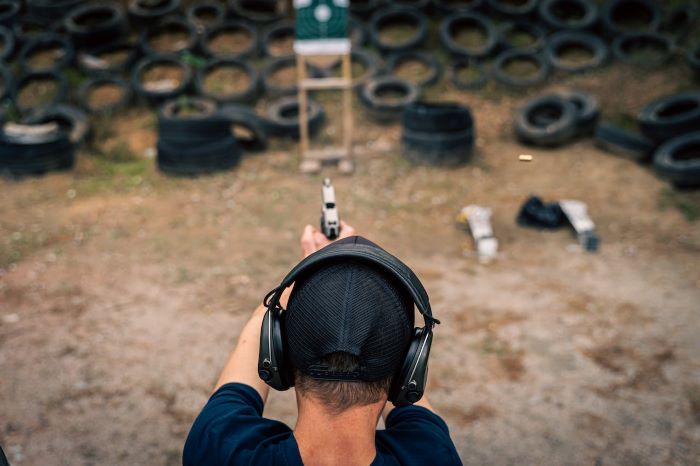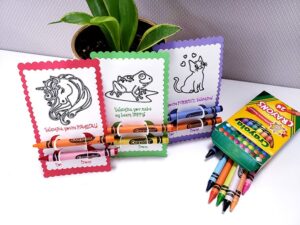
The significance of grip design in shooting cannot be overstated. It’s a critical aspect that influences both the accuracy of the shooter and their comfort. This article explores the various dimensions of how grip design affects shooting performance, delving into ergonomic considerations, material choices, and the customization options that cater to individual needs.
The Ergonomics of Grip Design
Understanding Hand Dynamics
The human hand is a complex structure, capable of a wide range of motions and grips. In shooting, the interaction between the hand and the firearm’s grip is vital. An ergonomically designed grip will align naturally with the contours of the hand, reducing strain and improving control.
Grip Size and Shape
Grip size and shape are pivotal for accuracy. A grip too large or too small impedes the shooter’s ability to hold the firearm steadily, leading to reduced accuracy. Ideally, a grip should allow the shooter’s hand to wrap around comfortably, with fingers and thumb positioned for optimal control.
Finger Grooves and Contours
Incorporating finger grooves and contours can greatly enhance grip stability. These features provide natural resting spots for fingers, aiding in maintaining a consistent grip throughout the shooting process. This consistency is key to achieving repeatable, accurate shots.
Material Choices in Grip Design
Traditional vs. Modern Materials
Traditionally, wood and metal were predominant in grip construction. However, modern polymers and rubbers, like those used in Hogue grips, offer greater flexibility in design and can provide better shock absorption, reducing the impact of recoil on the hand.
Texture and Tactility
The surface texture of a grip plays a significant role in how firmly a shooter can hold a firearm. A grip that is too slick can lead to slippage, especially in adverse weather conditions. Conversely, a grip that is too coarse can be uncomfortable and cause abrasions on the hand.
Customization and Personalization
Adjustable Grips
Adjustable grips cater to the fact that no two hands are the same. These grips can be modified in size and shape to fit the individual shooter, which is particularly beneficial for people with hands that don’t conform to average dimensions.
Personalization for Enhanced Performance
Personalizing a grip goes beyond comfort; it can significantly enhance performance. This includes adjustments for hand size, finger length, and even the angle of grip in relation to the barrel, which can affect the natural point of aim.
The Psychological Aspect of Grip Comfort
Confidence and Comfort
A comfortable grip instills confidence in the shooter. When a firearm feels like an extension of the hand, the shooter is more relaxed and focused, which positively affects accuracy.
The Impact of Discomfort
Discomfort can be a major distraction. It can lead to a lack of focus and a decrease in performance. A grip that causes discomfort over prolonged use can also lead to long-term issues, such as strain injuries.
Balancing Aesthetics and Functionality
While the primary focus of grip design is on functionality, aesthetics also play a role. A visually appealing grip can enhance the overall experience for the shooter, adding to the sense of satisfaction and pride in their firearm.
Case Studies and Research
Empirical Evidence
Studies have shown a direct correlation between grip design and shooting accuracy. Research involving various grip designs can provide empirical evidence to support the importance of ergonomic grips.
Feedback from Professionals
Feedback from professional shooters and instructors is invaluable. These individuals, who spend countless hours handling firearms, have a deep understanding of what makes a grip effective.
Conclusion:
The design of a firearm’s grip is a critical factor in shooting accuracy and comfort. An ergonomic grip that fits well in the hand, made from appropriate materials and customized to the shooter’s needs, can significantly improve performance. While aesthetics are a consideration, functionality and comfort are paramount. The right grip can instill confidence, reduce discomfort, and ultimately lead to a more accurate and satisfying shooting experience.
In the pursuit of perfection in shooting, the importance of the grip should never be underestimated. It is not just a part of the firearm; it is the critical interface between the shooter and their weapon.






